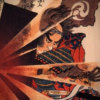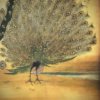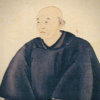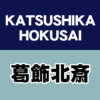Ochiai Rōfū: “Eva”, Rōfū’s Unique Work Shook Yokoyama Taikan
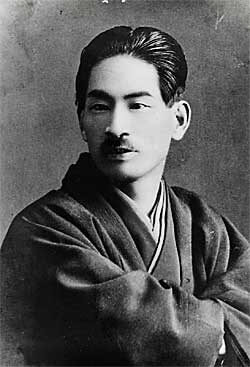
Ochiai Rōfū (1896-1937) released “Eva”, which had incredibly unique theme for Japanese paintings, at the 6th Inten Exhibition in 1919. Yokoyama Taikan, a great Japanese painter, was moved by Rōfū’s work. During the early Shōwa period (around 1915-1940), Rōfū participated in Seiryūsha Exhibition, which was one of the associations of the Japanese paintings, he received a big acclaim along with Kawabata Ryūshi.
Rōfū founded Meirōbijutu-renmei, an association of art in 1934. That was almost his endeavor to establish his own art style; however, he died at the young age of 40.
Léonard Tsuguharu Foujita, a world famous Japanese French painter, mourned over the loss of Rōfū saying that, “We lost a person with the great talent”: Rōfū was expected to lead the Japanese paintings.
I would like to introduce “Eva”; his first entry of the Inten Exhibition, an exhibition of Nihon Bijutsuin (Japan Visual Arts Academy).

The motif of this work is based on Genesis, the wester biblical story of the human creation. The entire screen is filled with verdigris, and Eva stands there. Rōfū’s father was a Christian. It is considered that he received an influence from his father. When he released his painting, various experimental and advanced works were also released by other artists to the Inten Exhibition, but among these, Rōfū’s work differed from others’, and exotic mood presented in this painting surprised people. It is because of not only the theme of his painting, but also uniqueness of colors, dynamic screen composition eliminating margins, the way of depicting of the person which were neither based on Japanese style nor Western style painting. This work earned a distinction from the Japanese painting scene. Starting with this work, Rōfū began to release experimental paintings.
Although his life as a painter was extremely short, his works represent his spirit: challenging to possibilities of the Japanese paintings. Also, his works are not apt to be influenced by fashion.

